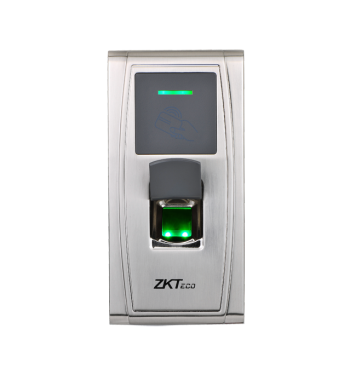A full-body stretch improves overall flexibility, reduces muscle tension, and improves range of motion. To achieve the maximum benefits from a full-body stretch, several key factors need to be considered. These include proper technique, consistency, mindfulness, and the right approach to stretching.
Proper technique:
The effectiveness of a full body stretch largely depends on using the correct technique. Proper form ensures that each muscle group is targeted effectively without risking injury. For static stretches, it’s essential to hold each stretch for at least 15-60 seconds to allow the muscles to lengthen properly. For dynamic stretches, controlled and smooth movements through the full range of motion prepare the muscles for more intense stretches. Ensure you are aligned correctly and avoid bouncing or jerky movements, which can lead to strain or injury.
Consistency:
Consistency is vital for achieving and maintaining flexibility. Incorporating full-body stretching into your regular routine—ideally several times a week—ensures that the muscles remain flexible and adaptable. Regular stretching helps maintain the elasticity of the muscles and connective tissues, preventing stiffness and improving overall range of motion. Consistency also aids in progressive improvements, allowing you to gradually deepen your stretches over time.
Mindfulness and breathing:
Mindfulness and controlled breathing play a significant role in the effectiveness of a full-body stretch. Being mindful of how your body feels during stretching helps you stay focused and avoid overstretching. Deep, controlled breathing relaxes the muscles and improves oxygen flow, improving the stretch’s benefits. Exhale slowly as you move into the stretch and inhale deeply as you hold it, allowing your body to relax and lengthen more effectively.
Balanced approach:
A balanced approach to stretching ensures that all major muscle groups are addressed. Focus on both the upper and lower body, including the back, shoulders, legs, and core. Incorporate a mix of static and dynamic stretches to cover different aspects of flexibility and muscle activation. This inclusive approach ensures that no muscle group is neglected and helps maintain overall body flexibility and balance.
Individualization:
Personalizing your stretching routine based on your specific needs and goals makes the process more effective. Consider factors such as your current flexibility level, any areas of muscle tightness or discomfort, and your overall fitness goals. Tailoring the stretches to address your unique needs ensures that you are targeting the most relevant muscle groups and achieving optimal results.
